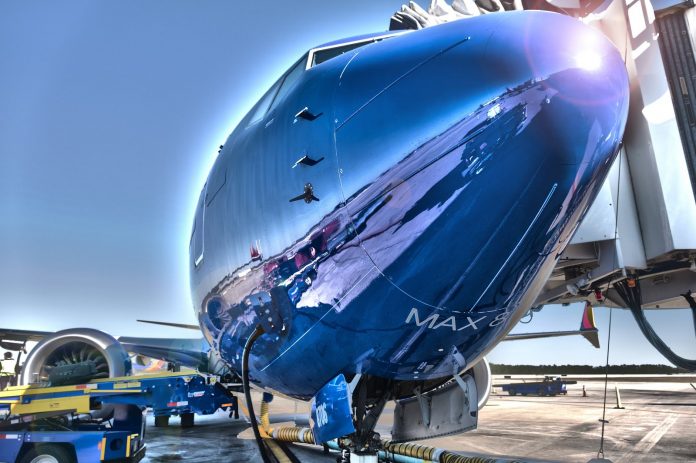
A legal document from Boeing reveals that the 737 MAX 8s are not suitable for the airports in hot or high locations.
The Addis Ababa International Airport is located at 7,657 feet from the sea level and falls into that category. Airports that are geographically located at high altitudes require longer runways and higher takeoff speeds.
The air is thin at high altitudes and the aircraft should run longer and faster on the runway to obtain the required lift force on the wings.
A Boeing spokesperson said that the Addis Ababa Airport is not a factor in the Flight 302 crash, because it has a long runway and can handle large airplanes.
According to Bloomberg news agency, Boeing 737 MAX’s this limitation was first mentioned by Boeing during the case at the U.S. International Trade Commission in 2017. Boeing had blamed Canadian aircraft manufacturer Bombardier for receiving unfair government subsidies after it lost a large order from Delta Air Lines.
At this trial, Boeing said the 737 MAX 7 could serve at the airports at high altitudes and hot temperature thanks to its smaller size, where the MAX 8, 9 and 10 cannot.
The legal documents presented to the commission cited at least 16 airports in the United States as “high and hot” and, therefore, are not suitable for the MAX 8, 9 and 10 operations. Those facilities weren’t made public in the trial, but when asked during a trade commission hearing, an expert witness for Boeing replied that Denver Airport would fall in this category.
Denver is more than 2,000 feet lower than the Addis Ababa Airport and has five runways longer than that of the Ethiopian Airport.
Jakarta Airport where a Lion Air Boeing 737 MAX 8 crashed last year, is considered as a hot airport. Airports in hot locations produce similar air densities as high elevations, which also require longer runways and faster takeoff speeds.
Source: AirlinerWatch








































